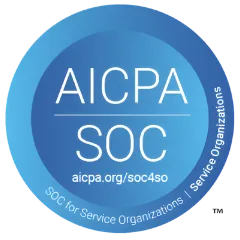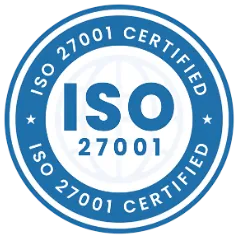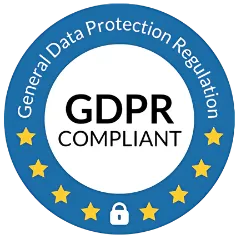Who Needs IT Asset Management Software?
If your organization relies on IT assets like hardware, software, and servers, you need IT asset management software to simplify and streamline operations. Managing these resources effectively ensures accountability, minimizes risks, and supports better decision-making.
1. Businesses of All Sizes
A reliable IT asset management system helps businesses of all sizes organize their assets and address common IT asset management challenges, such as tracking inventory, preventing license compliance issues, and managing asset lifecycles.
Suggested Read: What Is Asset Management Compliance? A Detailed Guide
2. IT Teams
IT teams benefit significantly from ITAM tools as they handle asset procurement, deployment, maintenance, and disposal. An efficient IT asset management strategy enables IT teams to:
- Track hardware and software usage
- Monitor asset performance
- Plan for upgrades or replacements
3. Organizations Focused on Compliance
If your business needs to stay compliant with software licensing agreements or regulatory requirements, IT asset management solutions help you track licenses and align them with organizational needs. This also reduces the risk of penalties or overpaying for unused licenses.
Suggested Read: Comprehensive Guide to Data Security and Compliance in Asset Management
What Tools or Features Does A Typical ITAM Software Offer?
A robust IT asset management system simplifies how you track, monitor, and manage IT assets throughout their lifecycle. You can streamline operations, optimize resources, and tackle common IT asset management challenges by leveraging the right IT asset management tools.
Here are the key features you should look for in a typical ITAM system:
- Manual Entry of Assets: Manually add IT hardware or software assets to your database. This feature is essential for recording custom or unique assets that automated tools may not detect.
- Bulk Import of Asset Items: Easily migrate existing data using templates by importing asset records from other sources. This saves time during onboarding or when integrating with other systems.
- Comprehensive Inventory Management: An IT asset management system should provide a centralized inventory list. This lets you view all your assets, including hardware, software, and other resources, along with critical details such as names, license agreements, and versions.
- Asset Detail View: Access detailed profiles for each asset in your inventory. This includes purchase dates, maintenance history, warranty periods, and other relevant data.
- Asset Actions: Perform key asset management tasks, such as assigning ownership, updating status, or scheduling maintenance, directly from the inventory list or asset detail view.
- Custom Categories: Customize fields or labels to match your organization’s needs. This flexibility helps you organize assets according to your IT asset management strategy.
- Search Capability: Quickly locate specific assets or data using search functionality. This is critical for managing large inventories and retrieving essential information during audits or planning.
IT Asset Management Process
IT asset management is a structured approach to managing your organization's IT assets throughout their lifecycle. It’s not a one-time task but an ongoing process that adapts as assets, goals, and tools evolve. Following IT asset management best practices, you can optimize resources, control costs, and align your assets with business objectives. Here are the steps included in an ITAM process:
- Inventory Assets: Create a detailed inventory of all your IT assets. This inventory should include:
- What assets you own
- Their location
- Purchase date and cost
- Calculate Lifecycle Costs: Understand the total cost of ownership for your IT assets. This includes:
- Maintenance
- Upgrades
- Disposal costs
- IT Asset Tracking: Use IT asset management tools or ITAM software to track your assets. This involves monitoring:
- Contracts and warranties
- Licenses
- Expiry dates
- Maintenance: Schedule regular maintenance to repair, upgrade, or replace assets. Record all maintenance activities in an IT asset management system to understand performance trends and improve planning.
- Financial Planning: With accurate data on your assets, their lifecycle stage, and associated costs, you can develop an IT asset management strategy. This includes:
- Budgeting for ongoing maintenance
- Allocating resources for underperforming assets
- Forecasting future needs based on performance data
Must-Have Features for Choosing IT Asset Management Software
Choosing the right IT asset management software is critical for streamlining your IT asset management process. To simplify operations and tackle IT asset management challenges, focus on these must-have features:
1. Asset Discovery and Inventory Management
You need visibility into all IT assets at every stage of their lifecycle. Choose ITAM software that supports asset discovery and tracks the lifecycle from procurement to disposal. This feature helps identify anomalies and plan timely device refreshes, key components of ITAM best practices.
2. Device and OS-Agnostic Capabilities
Your organization likely manages various devices and operating systems, from PCs and printers to peripherals and collaboration tools. A platform like the HP Workforce Experience Platform, which works seamlessly across devices and operating systems, can simplify IT Asset Tracking for your entire fleet.
3. Reporting and Analytics
Look for IT asset management tools that provide clear reporting and analytics. A unified dashboard (often called a “single pane of glass”) offers insights into fleet health, application stability, asset performance, and security. Use these insights to optimize the IT asset lifecycle management and address any issues proactively.
4. Real-Time Data and Fast Remediation
Real-time access to device data allows you to respond quickly to issues. With the right IT asset management platforms, you can identify and resolve potential problems before they impact users, improving the overall IT experience.
5. Integration with IT and Business Systems
Select an IT asset management system that integrates with your existing IT tools, such as endpoint management and help desk solutions. These integrations support smooth operations in environments with multiple vendors and operating systems, making it easier to follow ITAM processes effectively.
6. Scalability and Vendor Support
Your IT asset mgmt solution should scale with your organization’s needs. Consider factors like pricing, customer reviews, vendor support, and ease of implementation when evaluating IT asset management solutions.
Also Read: How Mobile Device Management and IT Asset Management Go Hand in Hand
How Can Organizations Get Started with ITAM?
Implementing IT asset management (ITAM) helps organizations efficiently track, manage, and optimize their IT assets. Here’s a step-by-step guide to getting started:
- Understand What is IT Asset Management (ITAM): Before starting, define IT asset management for your organization. ITAM involves managing hardware, software, and digital resources throughout its lifecycle to improve accountability, performance, and cost efficiency.
- Identify Your IT Assets: List all IT assets, including hardware (e.g., servers, laptops), software, cloud services, and mobile devices. Categorize them into types of IT assets to create a clear inventory for your IT asset management process.
- Define Goals and ITAM Best Practices: Set clear objectives for your ITAM program. Decide whether your focus is compliance, cost control, security, or asset optimization. Adopt ITAM best practices, such as tracking all assets from procurement to disposal and associating them with users for better accountability.
- Choose the Right IT Asset Management Tools: Select a reliable IT asset management system or IT asset software that suits your organization’s needs. The best ITAM software should offer features like asset discovery, lifecycle management, reporting, and integration with existing systems. Evaluate IT asset management platforms based on scalability, vendor support, and ease of use.
- Establish an IT Asset Management Strategy: Develop a comprehensive IT asset management strategy that aligns with organizational goals. Define processes for asset tracking, inventory updates, compliance checks, and lifecycle management. This step ensures a systematic approach to handling IT asset management challenges.
- Integrate ITAM with Existing Systems: Integrate your ITAM system with other tools, such as IT service management (ITSM) platforms, help desks, or unified endpoint management solutions. Understanding ITAM vs ITSM helps streamline operations and improve asset visibility.
- Train Your Team: Educate your team on what is ITAM, its processes, and the importance of IT asset lifecycle management. Assign responsibilities to ensure everyone is aligned with the IT asset management process.
- Monitor and Optimize: Regularly review and update your ITAM program. Use insights from IT asset management tools to refine processes, address inefficiencies, and achieve better outcomes. Monitoring also helps improve compliance and address emerging IT asset management challenges
Suggested Read: How Important is ITAM Strategy for IT Systems and Assets?
FAQs About IT Asset Management
What is the meaning of ITAM?
ITAM stands for IT asset management, which refers to tracking, organizing, and managing IT assets like hardware, software, and digital resources throughout their lifecycle.
What does an IT asset management specialist do?
An IT asset management specialist oversees the IT asset management process, including procurement, deployment, maintenance, and disposal of IT assets. They ensure compliance, optimize resource allocation, and address IT asset management challenges to support the organization’s IT goals.
What's the difference between ITAM and ITSM?
While IT asset management (ITAM) focuses on managing IT assets, IT service management (ITSM) deals with delivering and managing IT services. Both systems often work together to streamline IT operations.
What's the connection between ITAM and cybersecurity?
ITAM helps improve cybersecurity by providing visibility into all assets, identifying vulnerabilities in hardware or software, and supporting patch management. A robust IT asset management strategy reduces risks and enhances compliance.
What are IT Asset management tools?
IT asset management tools are platforms designed to automate and streamline the IT asset management process. These tools support IT asset lifecycle management, license tracking, inventory management, and compliance monitoring. Examples include inventory management systems and ITAM software.
How to choose IT asset management software?
To select the best ITAM software, look for features like automated discovery, inventory tracking, license management, and integration with existing systems. Consider how the IT asset management system addresses your organization’s unique needs, including tackling IT asset management challenges and supporting ITAM best practices.

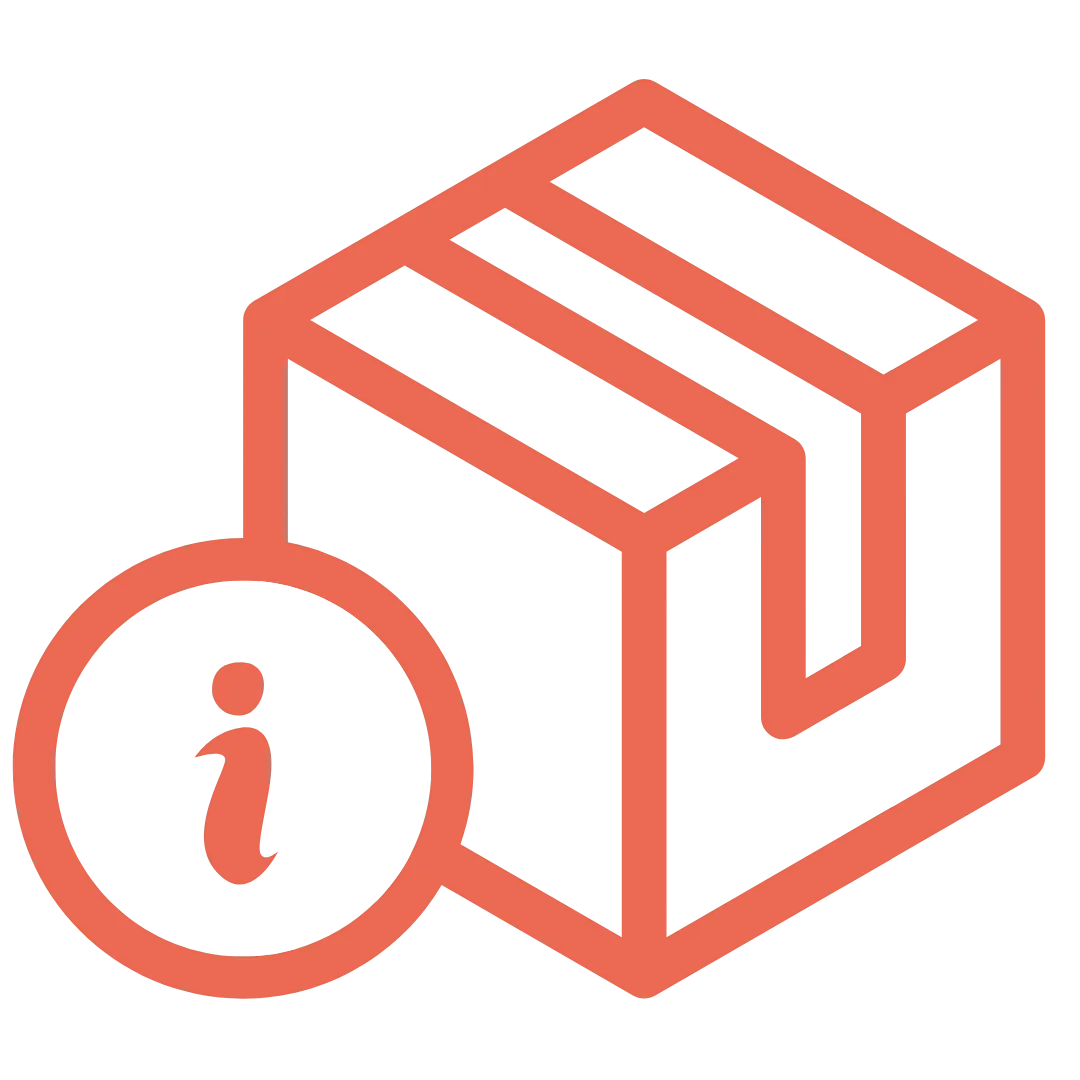
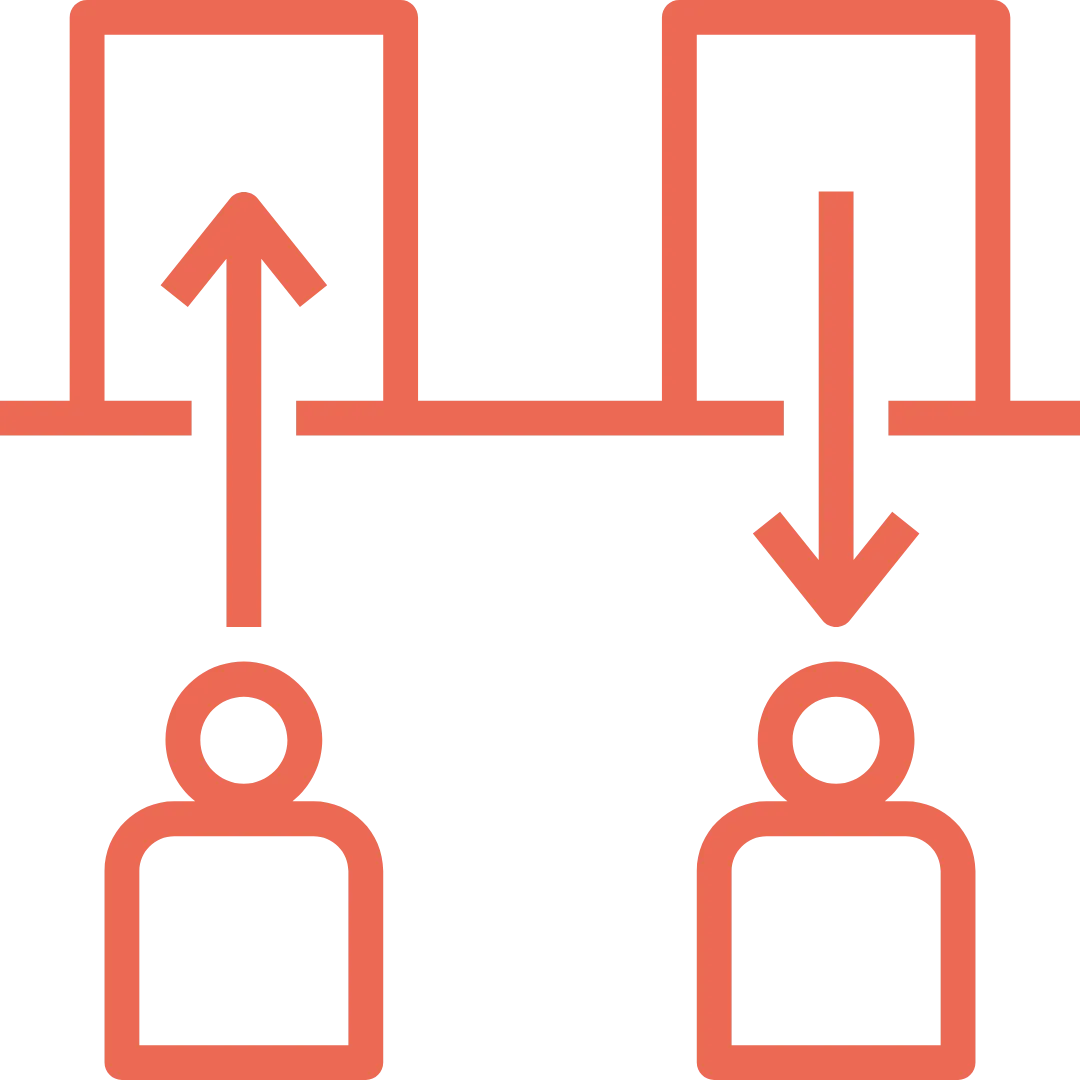
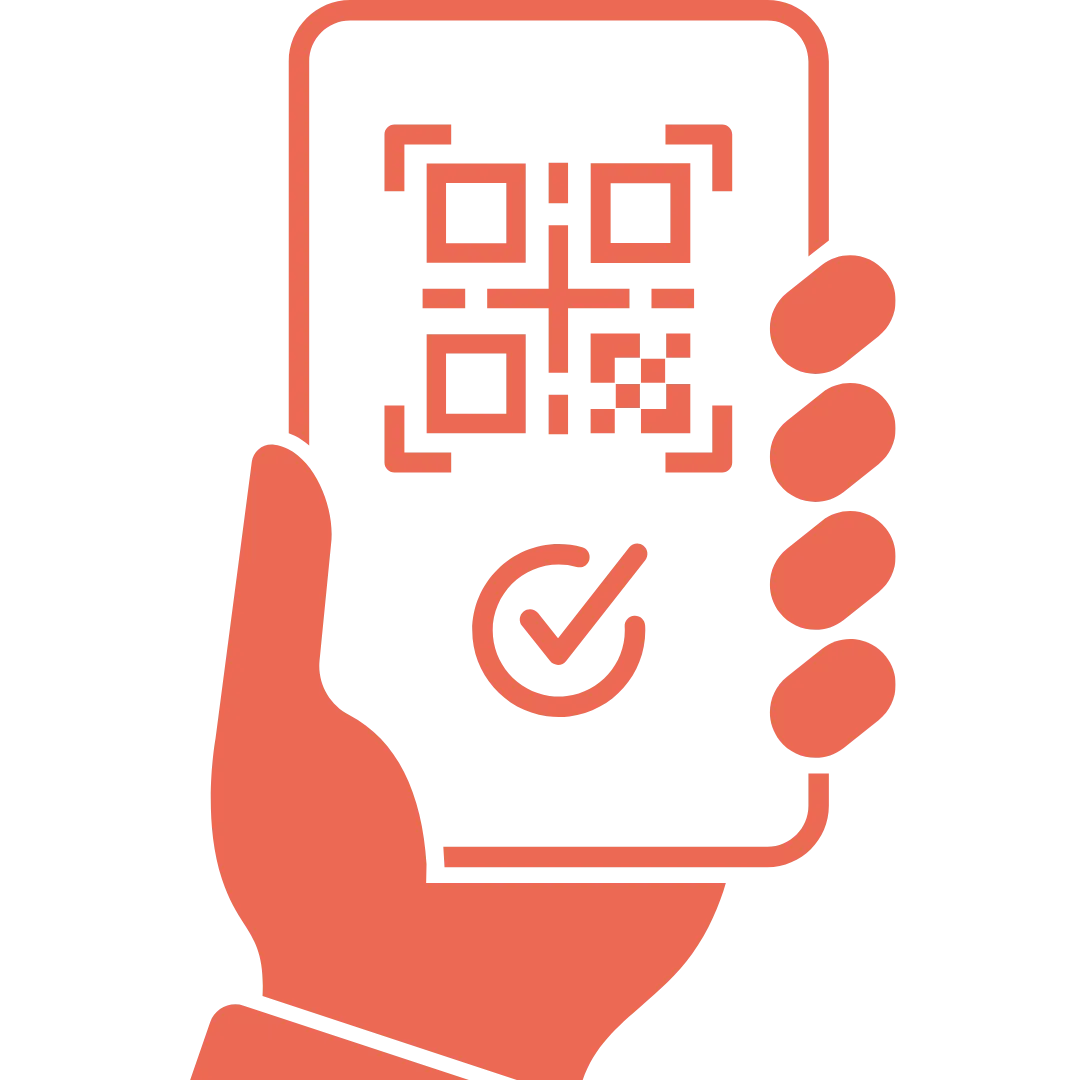







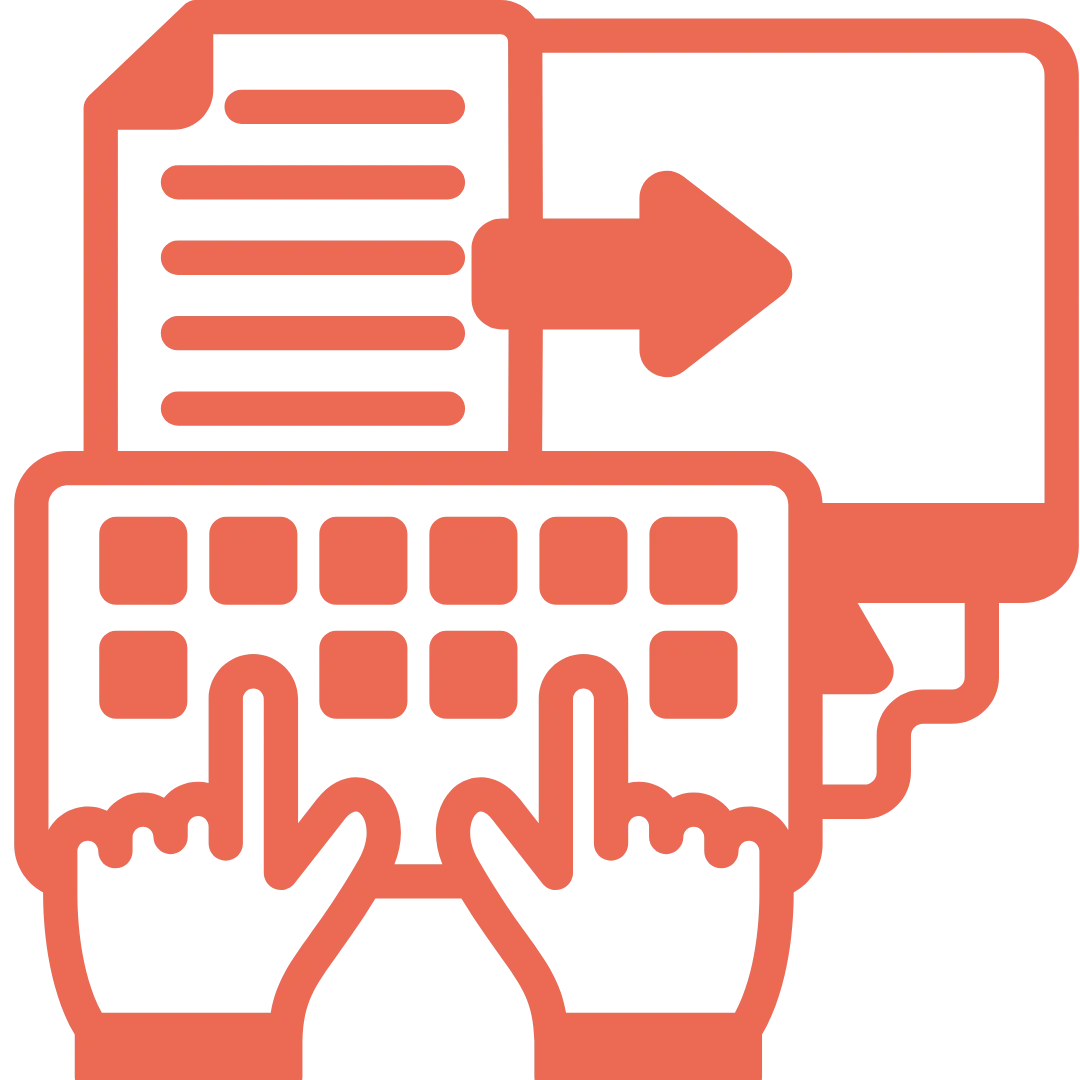
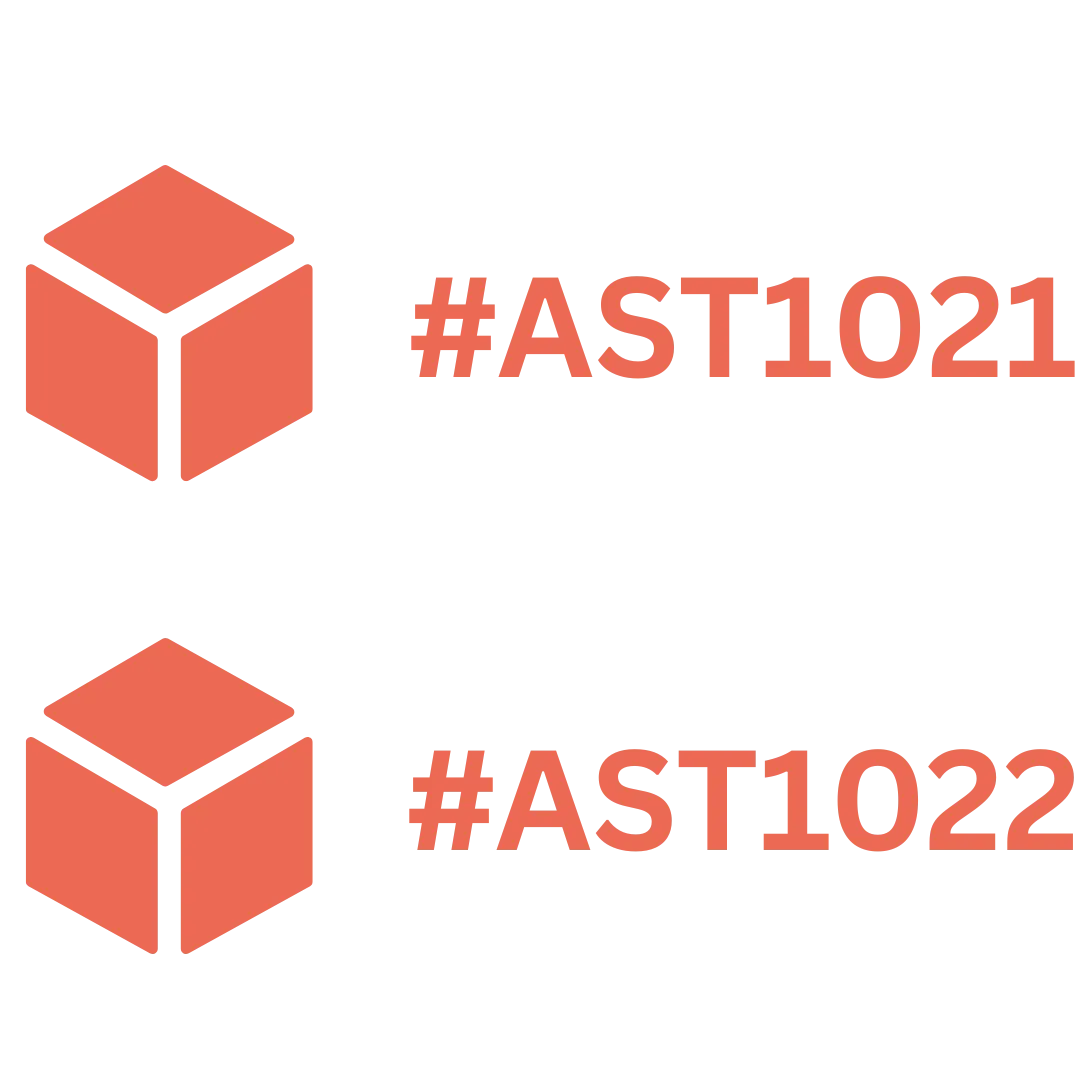
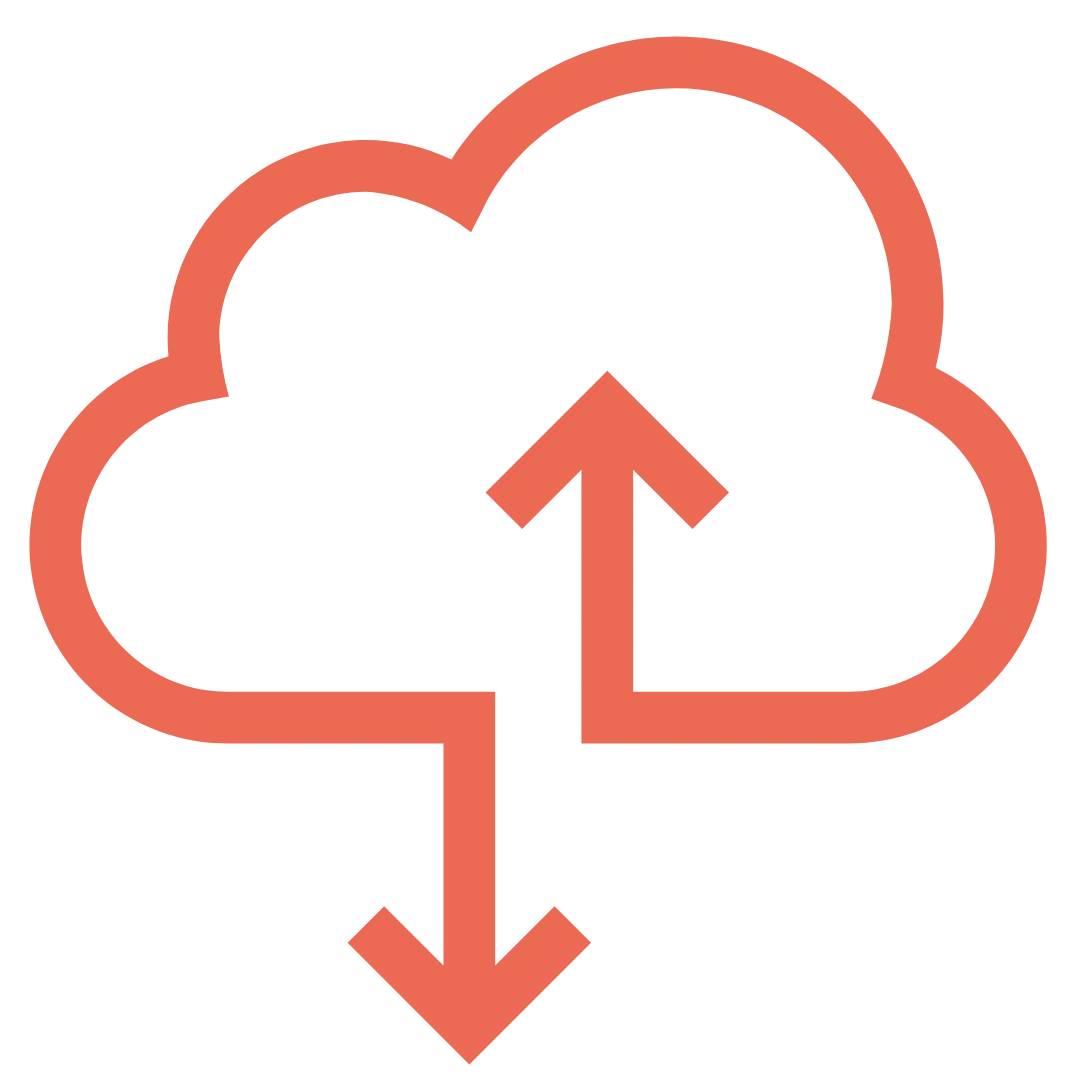

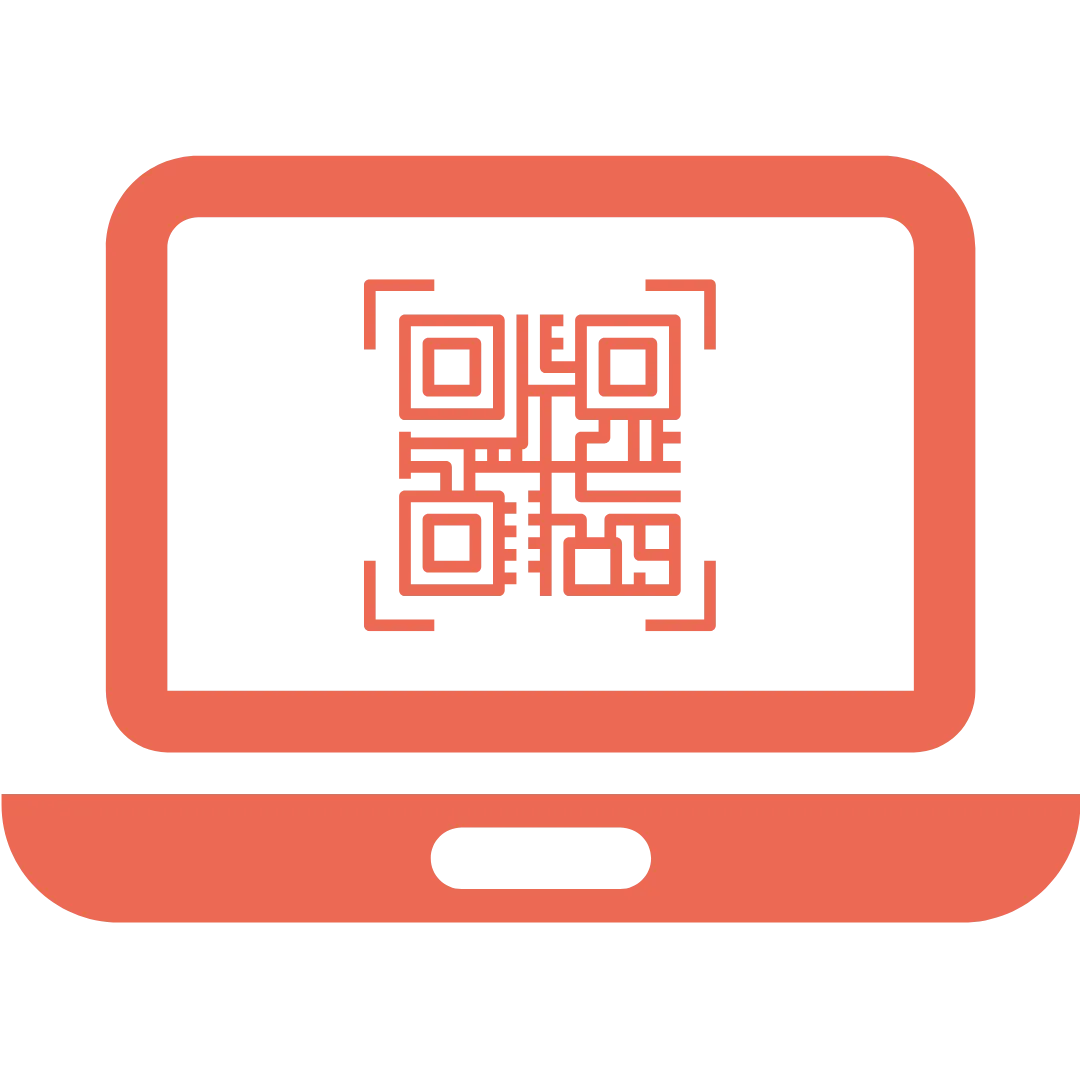
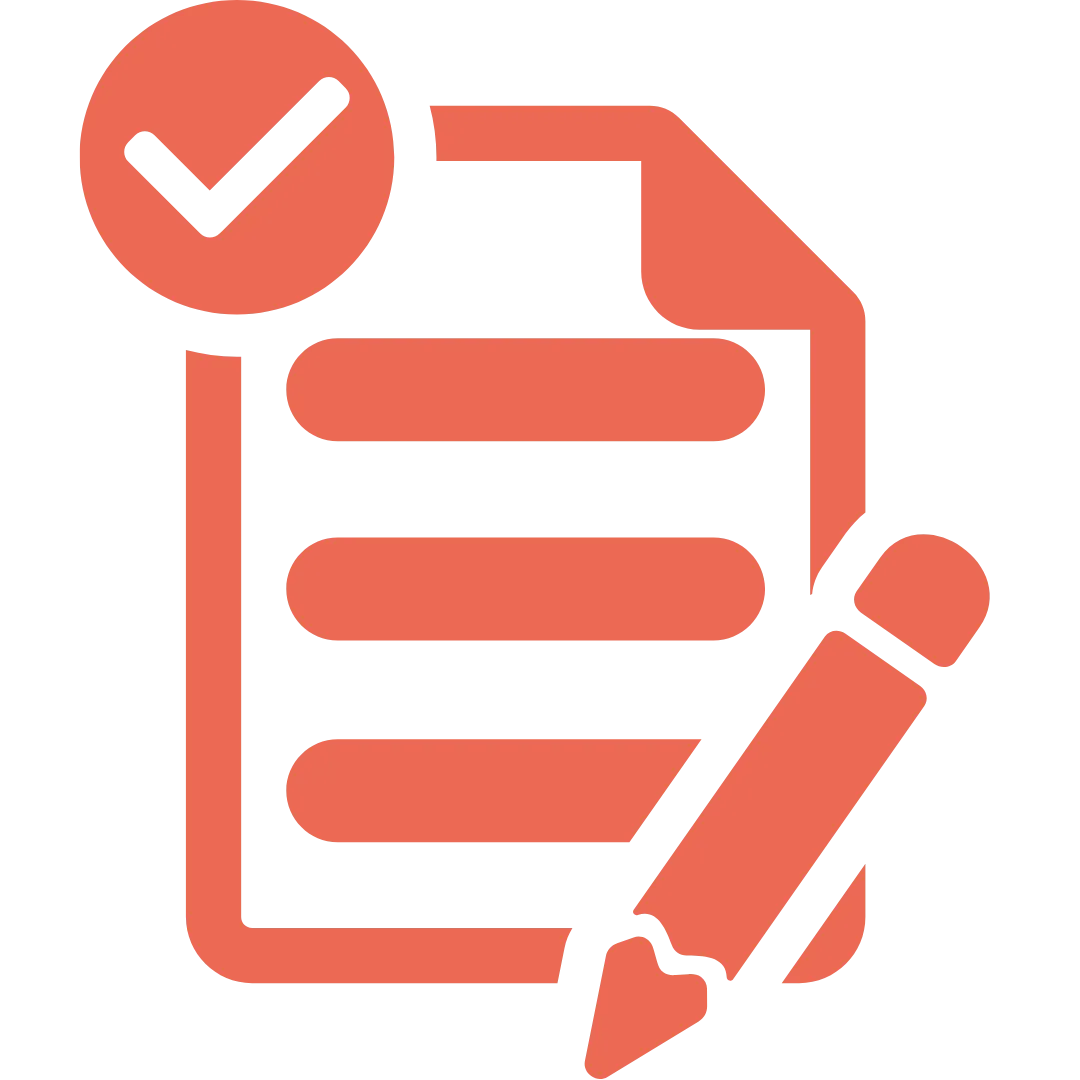

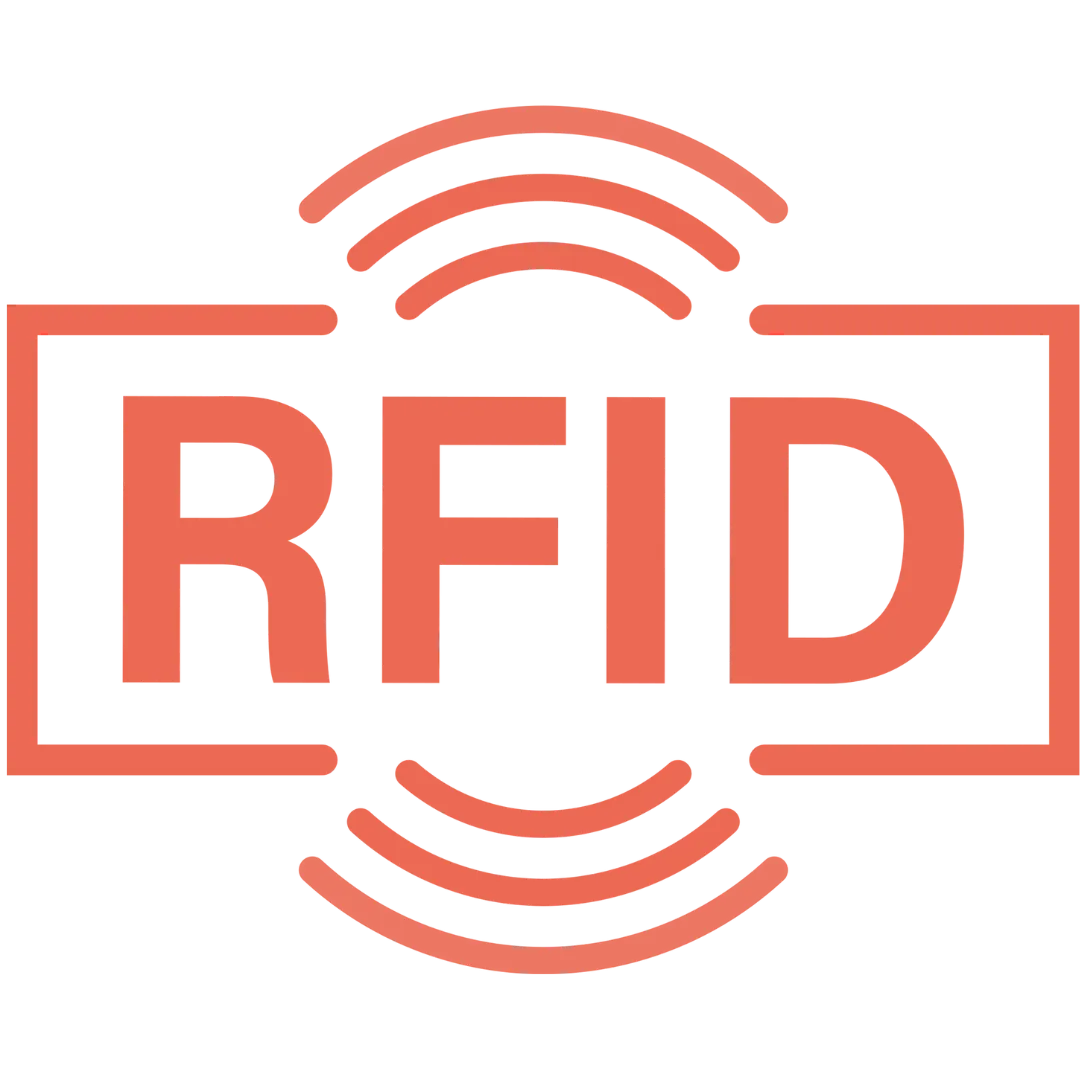

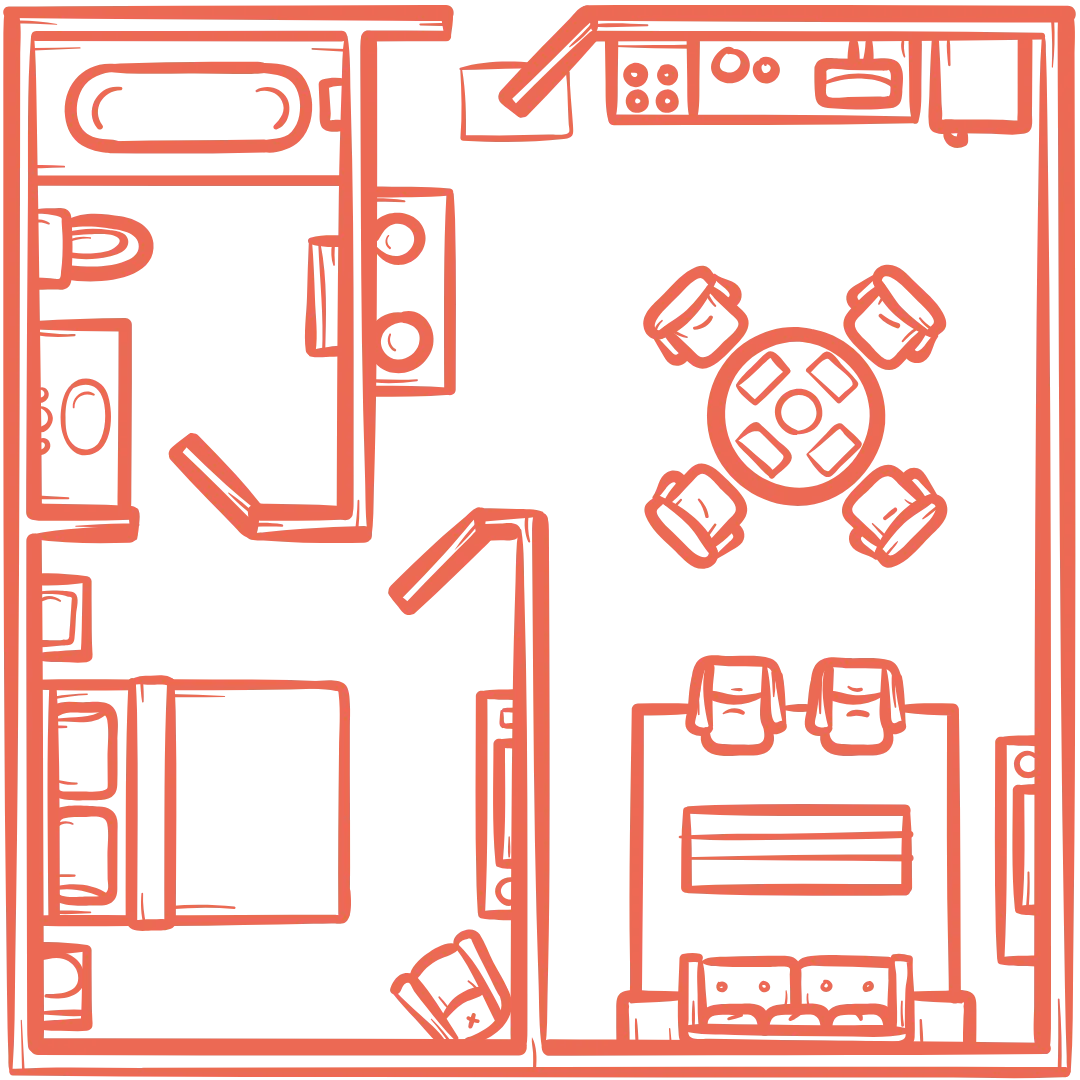




























.webp)
.webp)
.webp)
.webp)
.webp)
.webp)
.webp)
.webp)
.webp)

.svg)




.webp)
.webp)
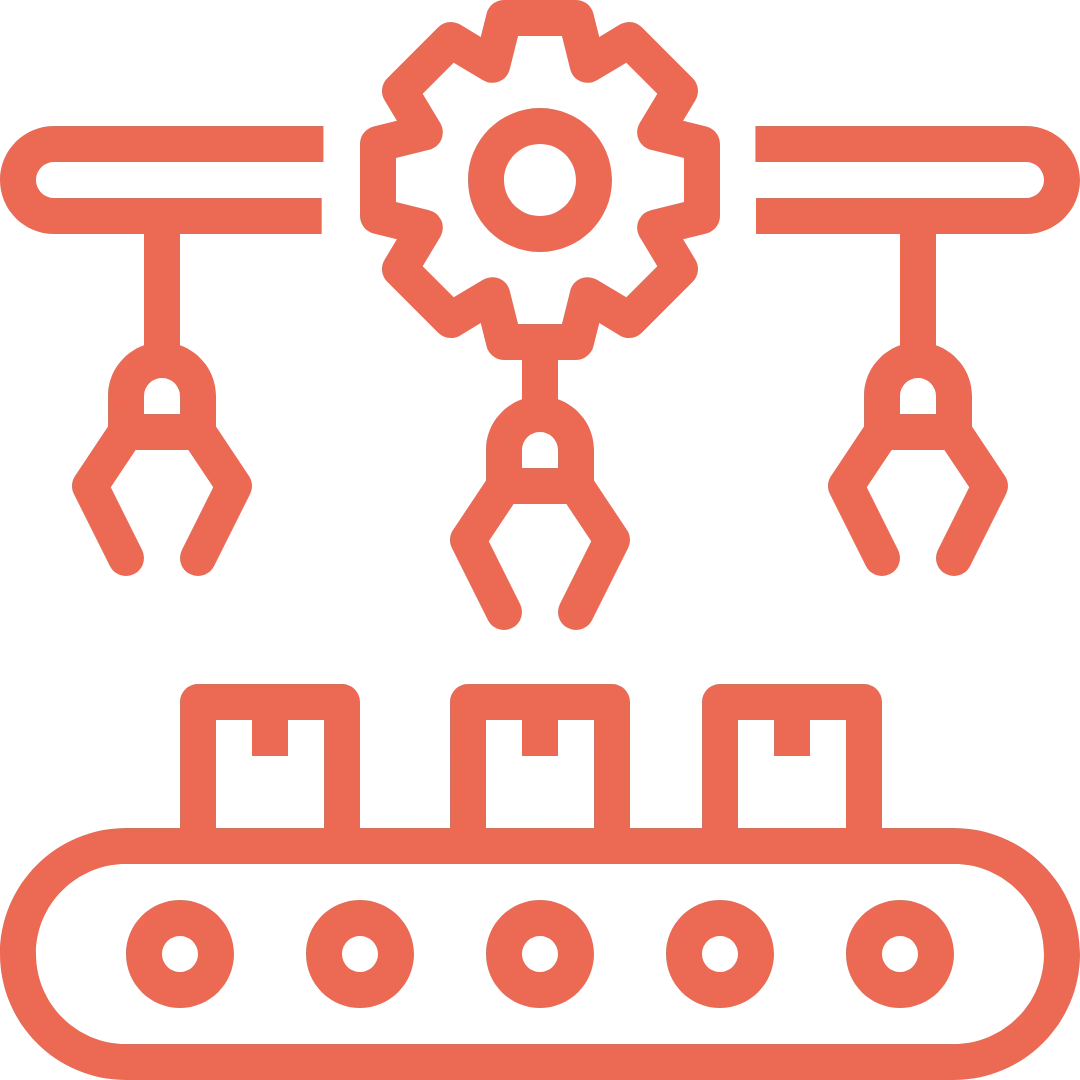


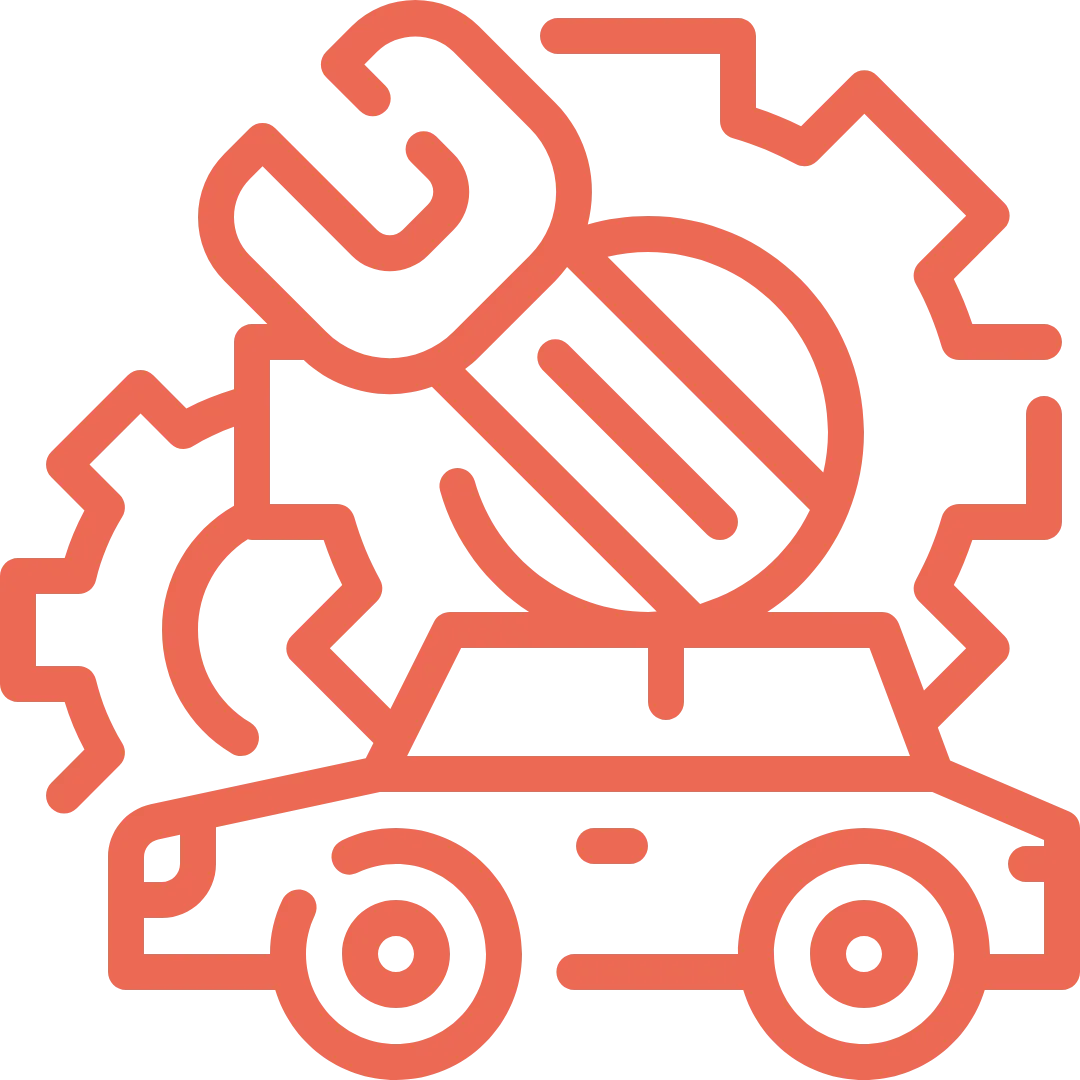


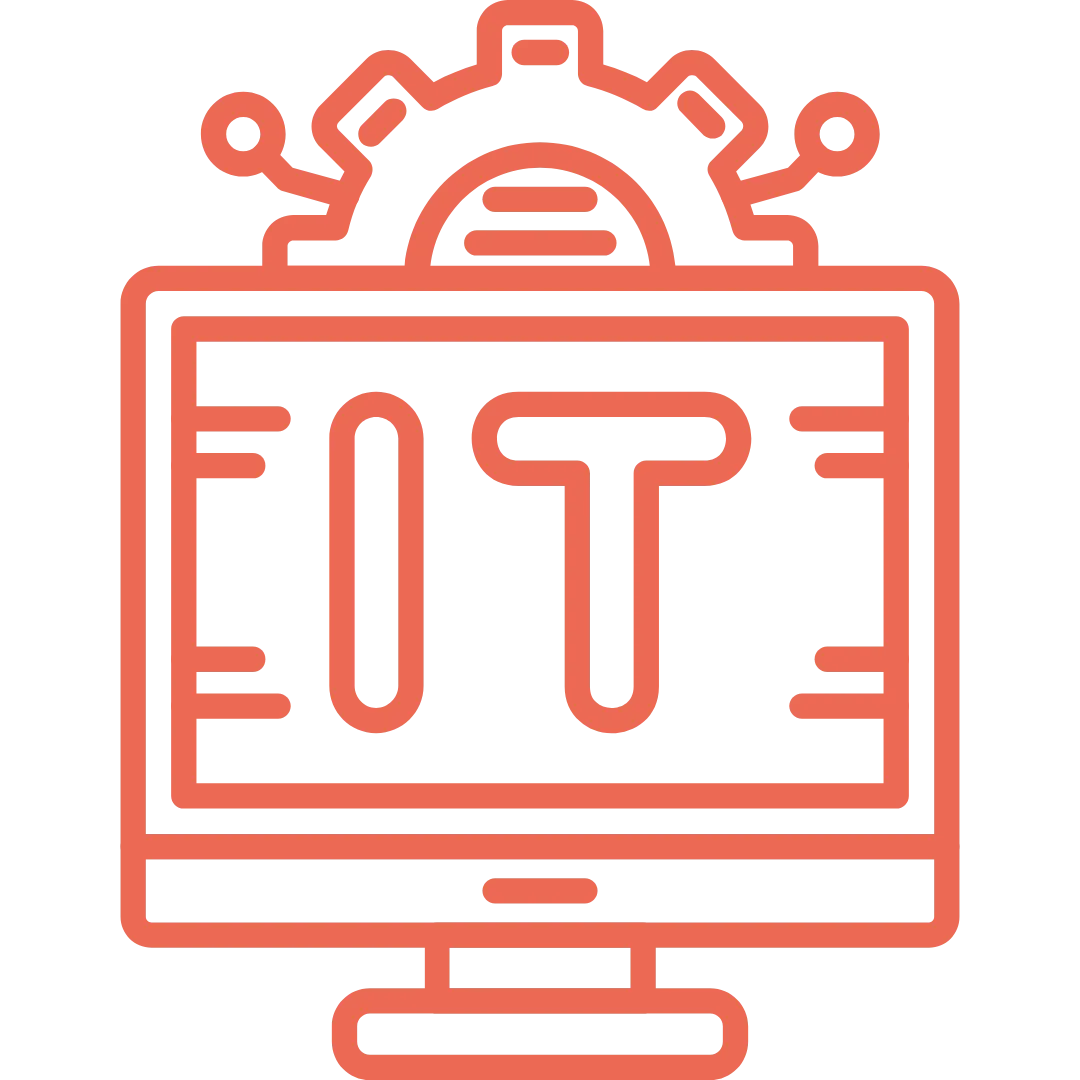


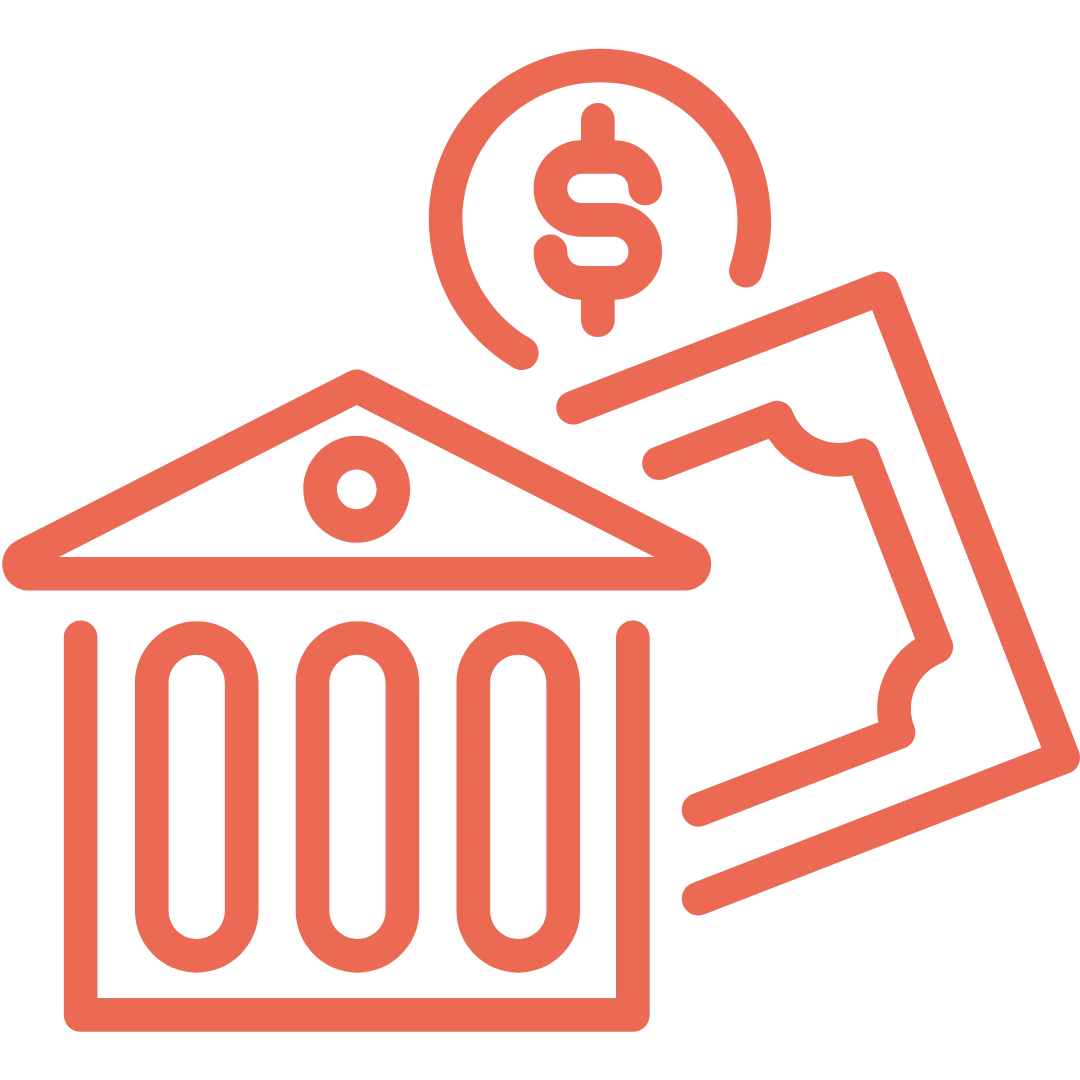





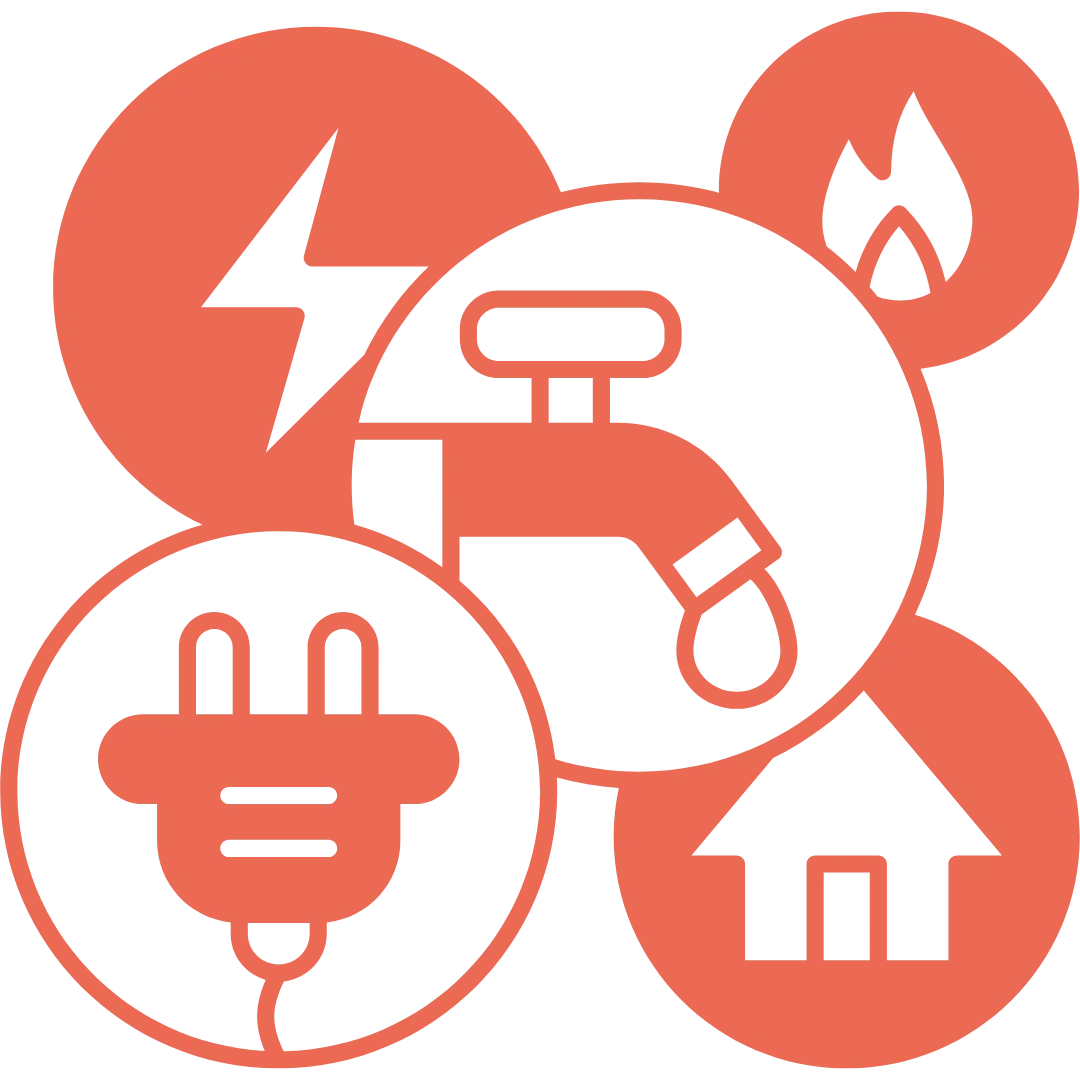

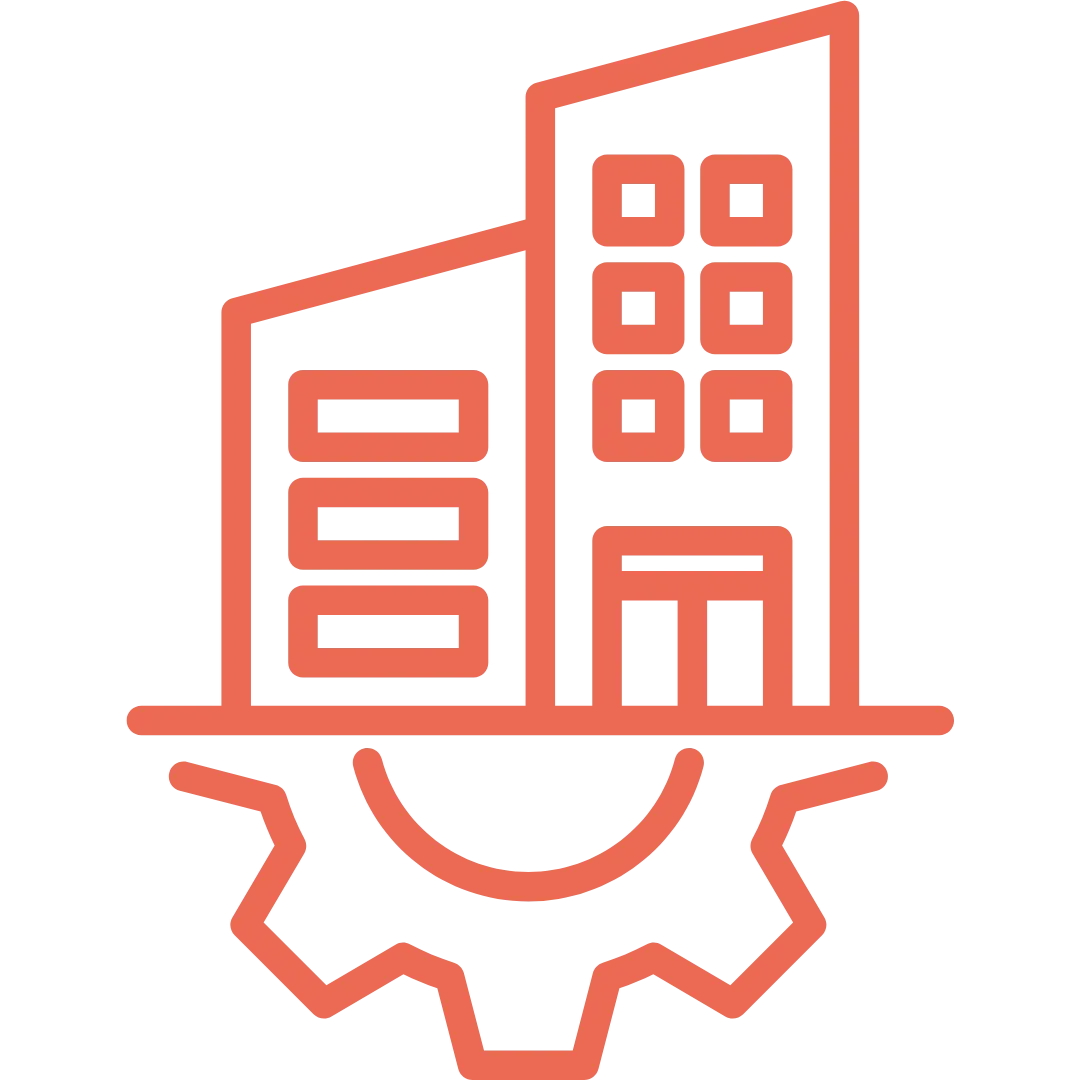
















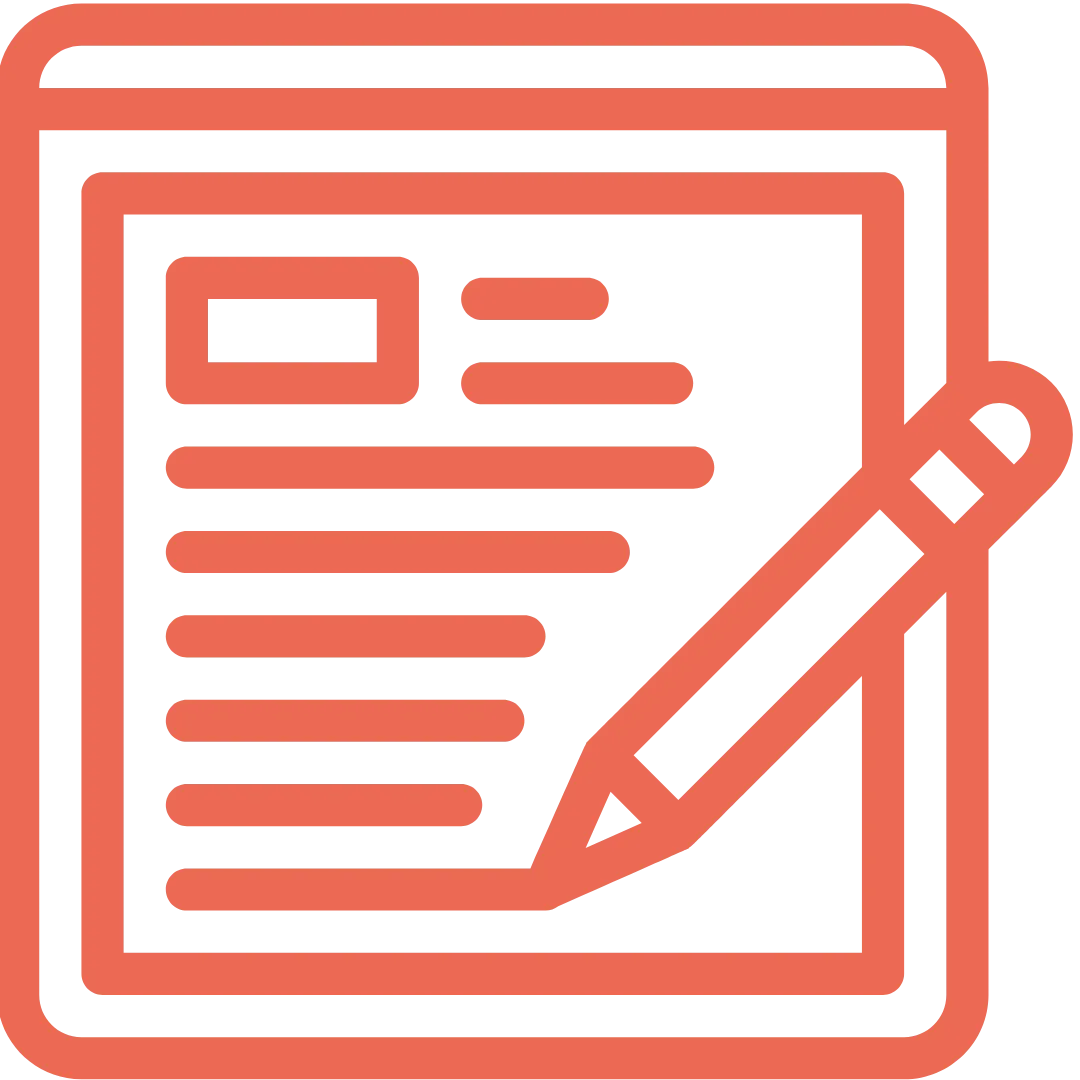

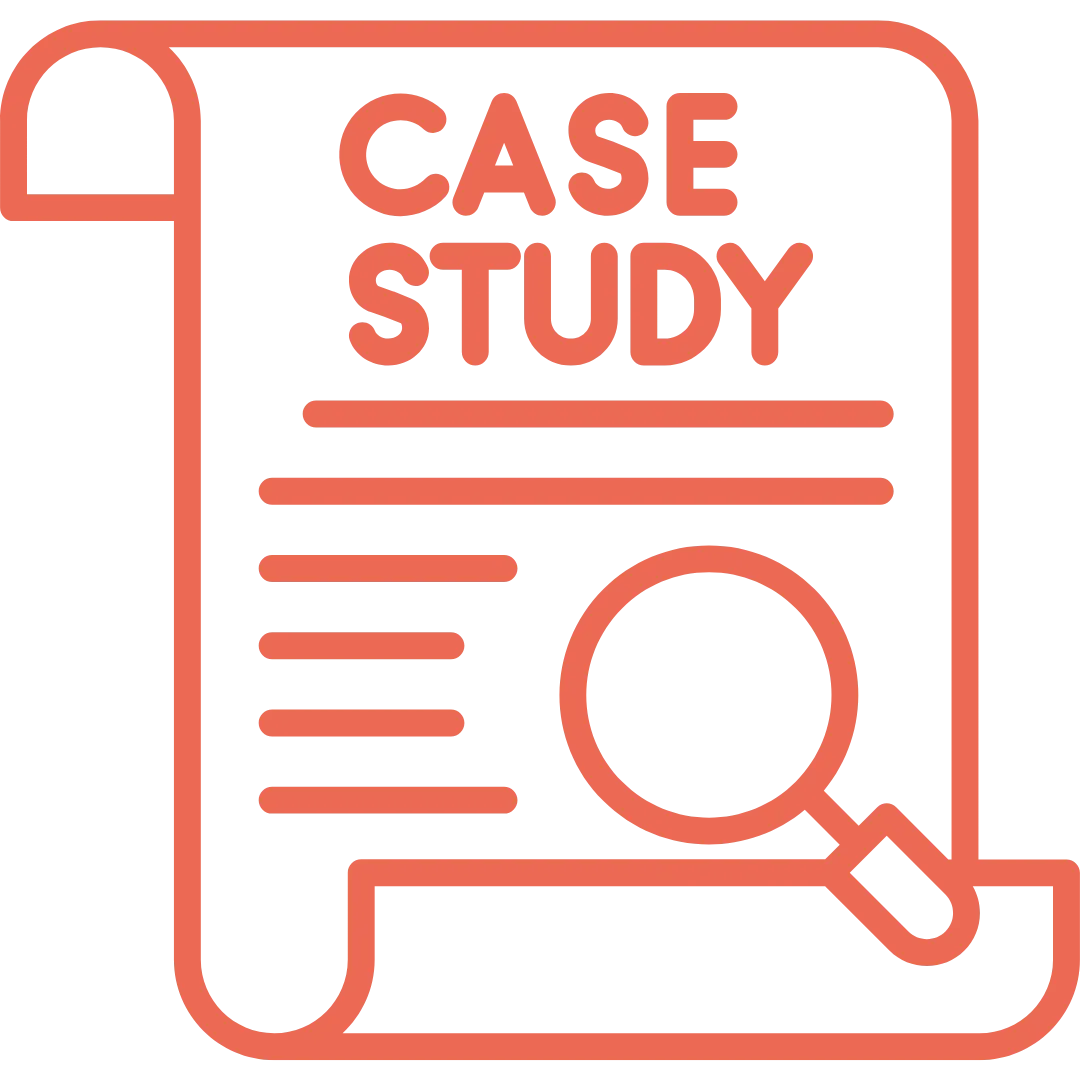






.png)
.png)



.webp)

















